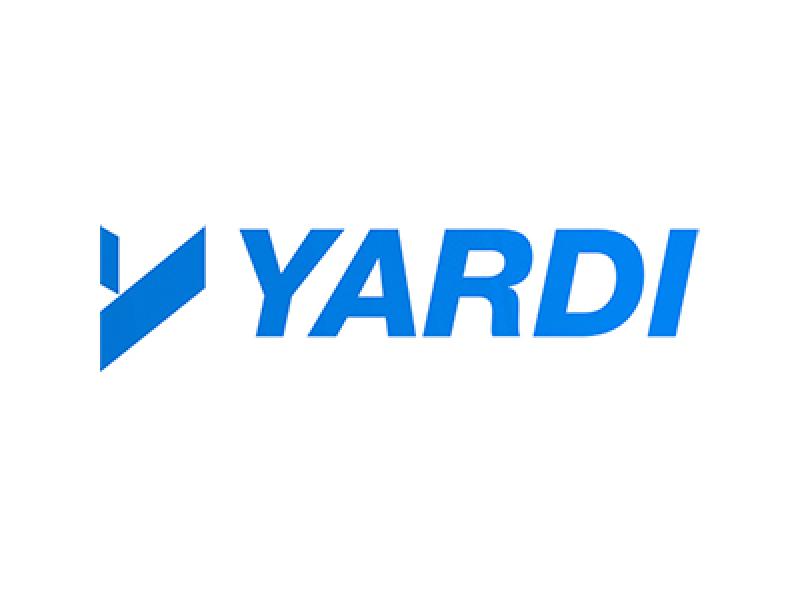
Among the hot topics in today’s business world – including property management – are artificial intelligence (AI) and the Internet of Things (IoT).
Not only are these forces pertinent to a variety of social and business interactions, but, with operational energy use in buildings representing about 30% of global final energy consumption and considering Canada’s net zero emissions commitments, they’re also at the centre of property management.
AI colours the landscape
Today, generative AI is writing text and cutting code. ChatGPT is one of the most prominent generative AI tools that are changing the world. The chatbot reached 100 million users in just two months – the fastest growth of a consumer app in history. For perspective, TikTok took around nine months to reach the 100 million-user milestone, while it took Instagram more than two years. Even more powerful interactions are on the horizon.
Yardi has made its ventures into AI to enhance efficiencies and elevate the property management experiences. One solution for the multifamily market, for example, employs AI to support multiple communication channels including live chat, texts, emails and phone calls for prospective renters. This tool is trained to understand intent, non-standard grammar and irregular spelling to provide a seamless human experience.
AI also powers paperless invoice processing solutions. These platforms drive faster approvals, reduces mistakes and enables staff to spend more time on collaboration and value-add tasks. In the maintenance realm, AI engines are being leveraged to analyze work orders from initial contact to completion, improving data collection and customer interactions for millions of maintenance requests per year.
IoT focus expands
Meanwhile, energy efficiency has been a major focus for landlords and occupiers. The adoption of the IoT, which encompasses technology connecting electrical devices, thermostats, lighting systems and more via the internet, has accelerated. By forecasting costs and analyzing past and predictive data, AI-powered controls help building operators optimize energy usage by efficiently balancing comfort with energy and space utilization.
On another front, maintenance software solutions automate HVAC system operations, reducing costs and keeping tenants comfortable by pre-emptively addressing issues. Such technology automatically creates a work order when it detects a fault, enabling swift servicing and continuous operation to sustainability standards. These systems also generate guidelines for retrofitting systems and installing low-carbon heating technologies. A recent Yardi study shows that energy automation solutions with IoT tools that prevent system faults and optimize energy efficiency portfolio-wide—and save up to 15% annually through reduced energy consumption and waste.
Simple solutions with big impact
Energy demand from buildings in Canada increased by 11% between 2009 and 2019. This growth was driven by increasing energy demand in the services sector, according to the International Energy Agency. But even simple energy efficiency projects can make a significant impact. Replacing incandescent light bulbs with LED bulbs is a low-cost solution that requires no building changes, for example.
Another means of improving energy efficiency is real-time reporting from electrical meters. Remote sub-metering provides consumption data on a circuit level and can lead to better, faster energy conservation decisions. For larger portfolios, comparing several buildings to identify trends is a great way to prioritize savings initiatives. AI and IoT developments have led to more detailed data from energy meters which can detect anomalies and find savings opportunities while keeping tenants comfortable.
Property managers seeking to implement IoT systems might consider using data from their equipment and systems to:
- Create goals and processes. That data can form the basis of new standards and improved processes.
- Avoid equipment downtime, make proactive maintenance plans and schedule necessary replacements.
- Make the right decisions on resources, equipment spending and staff responsibilities.
The key to Canada’s clean energy future “will be empowering our workers to harness Canada’s vast resources in ways that make sense environmentally and economically for their region,” Jonathan Wilkinson, Canada’s Minister of Natural Resources, said in 2022 regarding the country’s $100 billion commitment toward climate action and clean growth. This total includes major investments in clean power, energy efficiency, industrial decarbonization, clean technology and transportation. It's clear that IoT linked devices and programs will be key in this effort by carrying out complex tasks in real time and allowing decision-makers to expedite changes to conserve energy, save money and gain competitive advantages.
Staying focused
The convergence of AI and IoT presents an exciting opportunity for the Canadian real estate industry. As these technologies continue to develop and become more advanced, it is important to consider which solutions can optimize your performance, streamline your operations while enabling meaningful human interactions. To learn more about your technology options, visit yardi.com.











